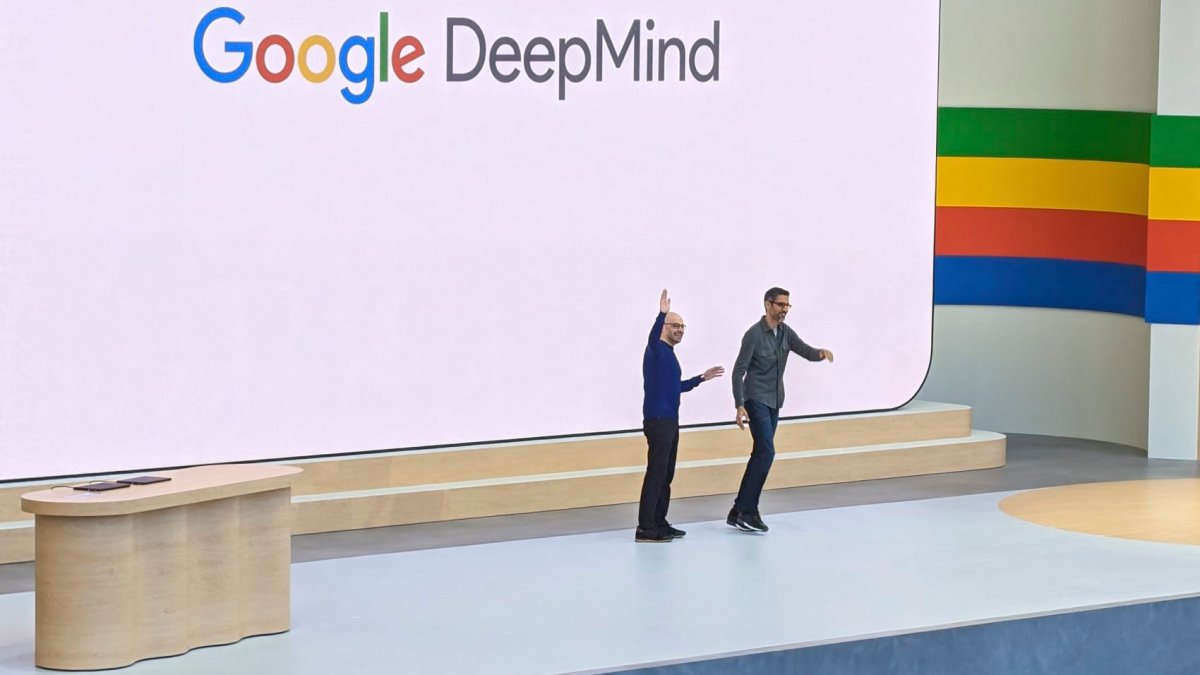DeepMind Plans to Utilize AI Models for Enhancing Physical Robots

Google DeepMind Introduces Advanced AI Models for Robotics
On Wednesday, Google DeepMind unveiled two innovative AI models tailored specifically for robotics, both operating on the newly launched Gemini 2.0 platform. This represents Google’s claim of having developed their "most capable" artificial intelligence yet. These models are known as Gemini Robotics and Gemini Robotics-ER (Extended Reasoning), and they promise to expand the potential of AI beyond just generating text and images into the realm of physical tasks performed by robots.
Partnership with Apptronik
To further explore the capabilities of these AI models, Google announced a collaboration with Apptronik, a Texas-based robotics company. This partnership aims to create next-generation humanoid robots powered by Gemini 2.0 technology. Apptronik has a solid background in robotics, having previously worked with notable names like Nvidia and NASA. Recently, Google participated in Apptronik’s $350 million funding venture, signaling confidence in their research and development initiatives.
Demonstrating Robotic Skills
In various demonstration videos, Apptronik robots showcased their abilities when equipped with Google’s cutting-edge AI models. The robots successfully executed tasks such as plugging devices into power strips, filling lunchboxes, moving plastic vegetables, and even zipping up bags—all in response to voice commands. Although Google did not provide a specific timeline for when this technology will be available for public use, the demonstrations illustrate promising advancements in robot functionality.
Key Features of Gemini Robotics
Google outlined three essential qualities AI models need to exhibit to be effective in robotics:
- Generalization: The AI must adapt to various situations, enabling robots to handle unforeseen challenges without extensive retraining.
- Interactivity: Robots should comprehend and promptly react to verbal instructions or environmental changes, making them user-friendly and efficient.
- Dexterity: The AI must support robots in performing intricate tasks that typically require human-like manipulation skills, such as grasping and moving various objects.
Gemini Robotics-ER is especially designed for developers in the robotics field, acting as a foundational toolkit for training tailored AI models. This AI model is available not only to Apptronik but also to esteemed “trusted testers” like Agile Robots, Boston Dynamics, and Enchanted Tools, enhancing collaborative innovation in robotics.
The Competitive Landscape of Robotics AI
Google is not alone in venturing into the intersection of AI and robotics. Organizations like OpenAI are following suit, having invested in the startup Physical Intelligence. This startup focuses on merging general-purpose AI into robotics. OpenAI’s commitment to this field recently led to the hiring of a former Meta executive to optimize their robotics initiatives. Moreover, Tesla has also entered the humanoid robotics market with its Optimus robot, showcasing the evolving landscape of this technology.
Future Outlook
In a recent post, Google CEO Sundar Pichai expressed that the role of robotics serves as a valuable testing environment for translating AI advancements into practical applications. He emphasized that the robots will leverage Google’s multimodal AI systems to enhance their adaptive capabilities, allowing them to adjust to new surroundings instantaneously.
An ever-increasing demand for versatile and intelligent robotic systems is evident, and advancements like those from Google DeepMind may signify a significant leap toward more sophisticated interactions between humans and robots. With the continuous evolution of AI technology, the future looks promising for robotics in practical, everyday scenarios.






